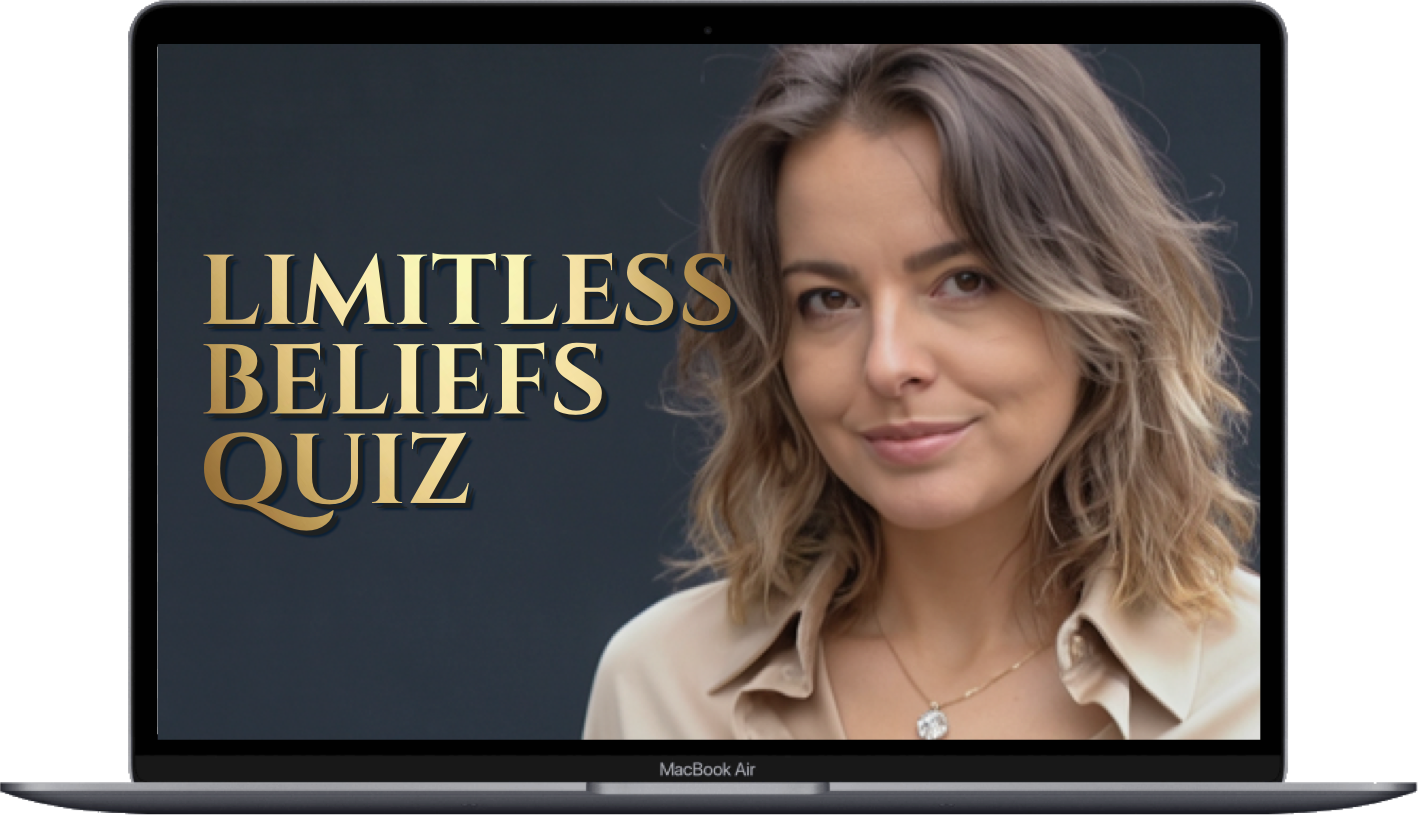There are three types of kindness.
The Kindness That’s Asked For
The first type of kindness is the one a person needs and asks for.
Whether to give it or not depends on two things: the degree of compassion and the internal feeling of whether it’s right to give. Sometimes it’s clear that you could help and it even seems necessary—but something inside you says no. And that matters. Because sometimes people are meant to go through their own lesson. And if you step in with kindness at the wrong time, they may not learn a thing.
And that means they’ll repeat the same unlearned lesson later.
But if there’s no internal resistance—no whisper of “don’t”—then it becomes about simple human compassion. A kind person will help if they can. An unkind person won’t. And that’s that.
What I’m saying is this: sometimes you have to walk past someone, even if you technically could help them. And that isn’t a lack of kindness or compassion. That’s discernment. And sometimes, that’s the most respectful form of care.
The Kindness That’s Needed But Not Asked For
This one is trickier. A person needs kindness but doesn’t ask for it—although deep down, they’re hoping someone offers it.
They might stay silent for all kinds of reasons. Pride. Hopelessness. Fear of rejection. Or they just want someone to get it without being told. People are complicated. Some will suffer in silence forever rather than ask for anything.
But they need help. And inside, somewhere they maybe can’t reach themselves, they want someone to notice. To care. To offer. That kind of kindness is often meant for close people—the ones who see what’s going unsaid.
A sick person who can’t get out of bed won’t ask, but won’t refuse if you stock their fridge and make soup. Someone spinning out emotionally might make terrible decisions in the moment—like swallowing pills they’ll regret in three days. Rinsing their stomach is a necessary kindness. It’s care when they can’t ask for it.
Sometimes people will casually say something that reveals a need: “I’m not sure how I’ll pick up my son today.” It’s not a direct request. But it’s a breadcrumb. A chance to help, if you’re paying attention.
This kind of kindness is quiet. Thoughtful. It doesn’t wait for permission, but it doesn’t overstep either.
The Kindness That’s Not Wanted
This one is complicated. It’s the kind of kindness that may or may not be needed—but the person intentionally doesn’t ask for it.
And this is where things can go very wrong. Because this type is easy to confuse with the previous one. But they’re not the same.
The difference is, here, the person doesn’t want your help. Or they might want help, but in a very specific form—one you don’t know. And when you act without understanding, your “kindness” might actually create harm.
You don’t have to look far for examples. A relative tries to help by removing a small mark from a beautiful table—and ends up damaging it so badly it needs full restoration. Good intentions. Bad result.
And this happens with people too. Someone is going through a quiet storm inside. Then a well-meaning person, who knows nothing of the real situation, says something they think is helpful—something that maybe worked for someone else in a totally different context. And the person breaks.
They feel unseen. Dismissed. Flattened. And sometimes, yes, they go and swallow those twenty pills. And everyone stands around saying, “But I just wanted to help.”
That’s not kindness. That’s projection dressed up as virtue.
Before you offer this kind of kindness, stop. Think. Ask. Learn. Don’t act until you know what’s truly needed—if anything is needed at all.
What I’ve Learned
Before doing a “kindness,” make sure it’s not this last kind. The one that’s more about you than them. The one that can accidentally harm more than help.
And after that—well, the rest depends on the moment, the connection, and your ability to feel what’s truly being asked for. Or not.



